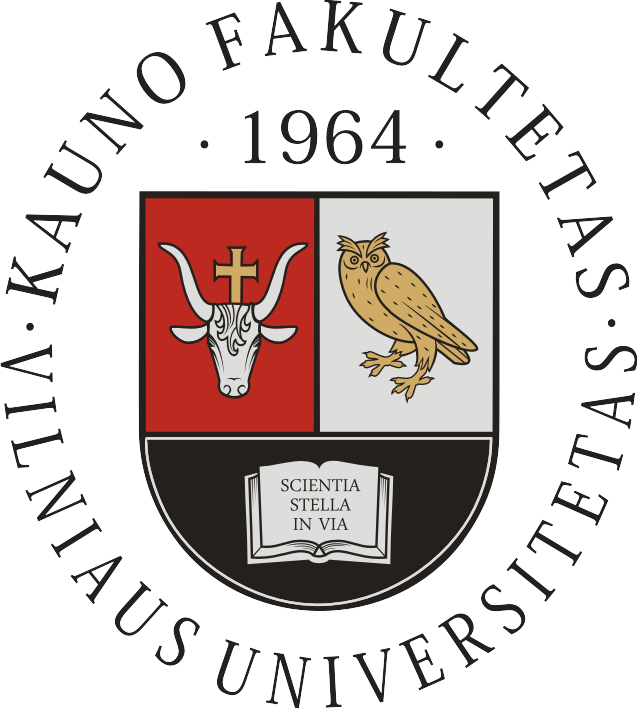Transformations in
Business & Economics
- © Vilnius University, 2002-2010
- © Brno University of Technology, 2002-2010
- © University of Latvia, 2002-2010
Article
Comparison of Geological Disposal of CO2 and Nuclear Waste Technologies in Lithuania
Dalia Streimikiene, Asta Mikalauskiene, Rasa Pusinaite
ABSTRACT. Climate change mitigation options in energy sector are related with various strategies to reduce carbon emissions via carbon capture and storage, enhanced efficiency of energy generation and use, application of low-carbon fuels, use of renewable energy sources and nuclear energy. Many discussions on pots-Kyoto GHG emission reduction strategies and energy options have raised the increasing role of nuclear power in enhancing energy security and mitigating climate change together with concerns over disposal of nuclear waste. In addition the increasing interest in carbon capture and the geological storage of CO2 has brought up a range of questions as well.
Lithuania is currently dealing with two major problems in energy sector: final closure of Ignalina Nuclear Power plant (Ignalina NPP) in the end of 2009 and nuclear waste disposal and climate change mitigation issues because of the replacement of nuclear capacities with fossil one and anticipated increase in GHG emissions. Lithuania has two main options in energy sector: to construct new nuclear power plant also taking into account nuclear waste disposal problems or to burn imported fossil fuel and to apply carbon capture and storage (CCS) technologies for GHG emission reduction. These two main options should be carefully investigated in Lithuania based on various studies conducted in Lithuania and other countries dealing with geological carbon storage and nuclear waste disposal potentials.
There are no long-lived nuclear waste geological storage capacities in Lithuania and there is no pilot projects on CCS developed in Lithuania; therefore, there are no experience in this field. The aim of the article is to review the state-of-the-art in geological CO2 and nuclear waste storage fields focusing on the assessment of comparative similarities and differences of the geological disposal of CO2 and nuclear waste and to perform comparison of these technologies possible application in Lithuania.
KEYWORDS: CO2 capture and storage, nuclear waste, CO2 storage potential in Lithuania.
JEL classification: Q53, Q57, P2.

